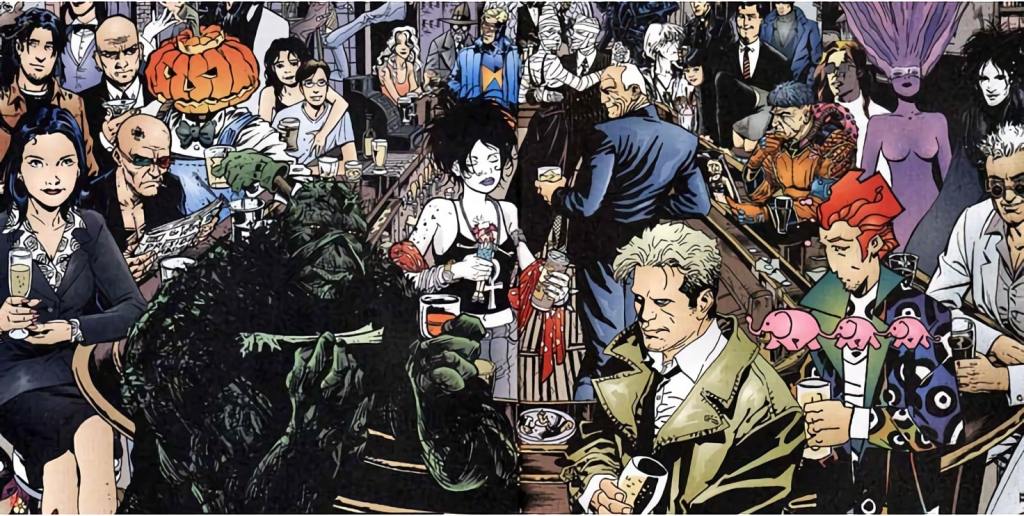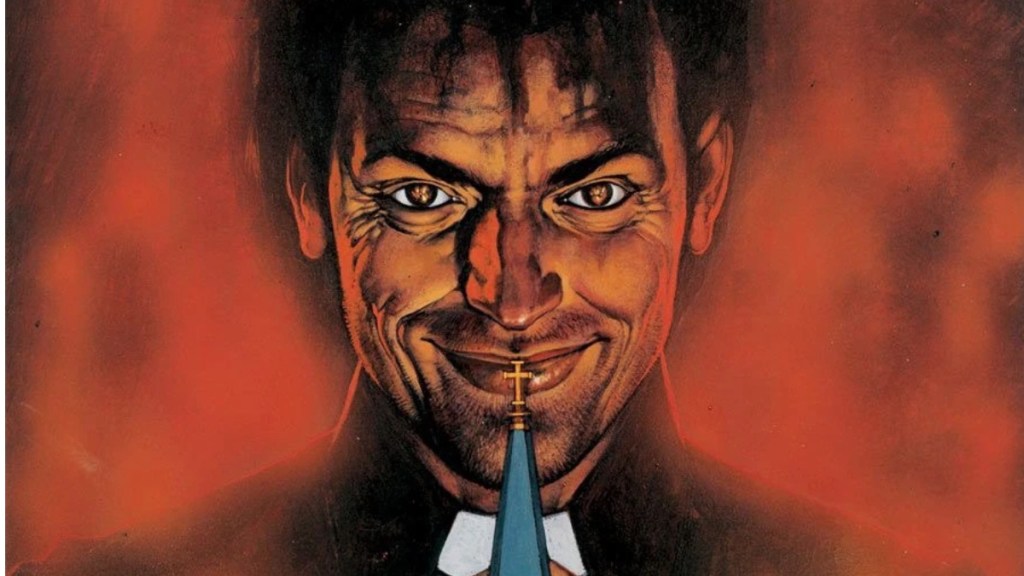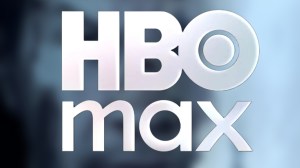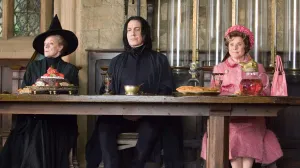DC Comics created the superhero as we know it, and they redefined what a mainstream comic can be with their Vertigo imprint. Vertigo’s birth came from the British comic scene of the early ’80s, when the success of Alan Moore prompted DC to sign talent like Grant Morrison, Garth Ennis, Peter Milligan, Jamie Delano, and many others. Vertigo was born in 1993, off the success of The Sandman, Swamp Thing, Animal Man, Hellblazer, Doom Patrol, and Shade the Changing Man, and boasts some of the greatest comics of the ’90s. Vertigo blew the minds of an entire generation of comic readers, many of whom were brought into the industry by the comic boom of the early ’90s. Vertigo showed these new readers exactly what comics could be, as creators were free to create away from the strictures of the Comics Code Authority.
Videos by ComicBook.com
Vertigo brought forth a new Golden Age of Comics in one of the most maligned decades in the medium’s history. The ’90s was an interesting time to be a comic fan. The market was full of books that were all about style over substance, shiny covers hiding sometimes lackluster stories. However, Vertigo books were different. These comics allowed a whole generation to awaken to a new kind of comic, opening their minds to story types they hadn’t encountered in comics up to that point. Vertigo is back for the first time in years, and there’s a reason why so many fans celebrated this decision — Vertigo in the ’90s was something special.
’90s Vertigo Was a Vibe

’90s Vertigo was born out of the ’80s rise of DC horror. Moore’s Swamp Thing was its genesis — Swamp Thing, Watchmen, and V for Vendetta were all made Vertigo after the fact — and the vibe of that book was picked up by the other British creators that DC brought to the American comic industry. DC horror comics in the pre-Vertigo ’90s all have a certain vibe, one that is undeniably of the ’90s. Goth culture was bubbling up under the surface of grunge/alternative after its birth in the ’80s, and DC horror comics played into that. Vertigo took this aesthetic and ran with it; the most well-known Vertigo comic is The Sandman, a book that wore its goth heart on its sleeve. However, goth wasn’t the only subculture that was powering early Vertigo. Shade the Changing Man was like the Smashing Pumpkins brought to life. Hellblazer was always British punk rock book, the acerbic John Constantine’s DIY magic and obnoxious style punk as all get out. Later, the rise of ecstasy/dance culture of the ’90s would find their way into the work of Grant Morrison, like The Invisibles and Kill Your Boyfriend. Preacher was outlaw country, a love letter to the ugliest parts of Americana. Vertigo is definitely of its time, and that’s a big part of what made it so perfect.
RELATED: Batman Hush 2: DC Redesigns the Riddler With a Puzzling New Look
It’s hard to describe to readers today what Vertigo meant to teenage superhero comic fans. Nowadays, there’s Image, Dark Horse, Boom!, DC Black Label, Vertigo, and many other homes of mature comics that aren’t just people in tights whomping on each other. Back then? There was Dark Horse and a bunch of small press books that weren’t in every store. However, Vertigo was. Vertigo books were right there on the shelves with DC, Marvel, and Image superhero books. The covers were different than anything out there, and once you opened one, you were transported into another world of comics. Sandman Mystery Theater shares a lot in common with Batman or Detective Comics — detective stories following vigilantes in the big city — yet they’re entirely different kinds of comics. Vertigo books were often similar enough to the superhero books to draw the eyes of those fans, but took the reader to places they had never been before. There was a sophistication to Vertigo books, and when they were more crude, like Preacher, they still dealt with deep themes. Vertigo was a doorway for a lot of readers into a bigger world of comics, and its affects on readers are felt to this day. Today’s comic industry exists in the way it does all because of the existence of Vertigo.
Vertigo Gave Comics a New Flavor

Vertigo comics meant something special and they still do. ’90s Vertigo is an embarrassment of riches; there are so many best of all time comics that were printed by Vertigo in the ’90s. We don’t talk about The Sandman very much anymore but The Sandman used to be the kind of comic that you could hand to anyone and make them a fan of comics. Nearly every Vertigo book you could think of was like that. Cool people read Vertigo comics. The imprint even drew in readers many at the time didn’t see as being into comics; specifically Vertigo comics were popular with female audiences as well and that was a big deal in the ’90s. The imprint had quite literally something for everyone.
Looking at the modern comic industry, it’s easy to see that Vertigo comics won the war. Superhero comics may still be the bestselling, but the spirit of Vertigo — that wild creative magic that treated the readers like a smart person who deserved a deep story full of great characters — won the day. Substance won over style in a way we never would have predicted back then. The entire indie comic market of today publishes the kinds of books that Vertigo did in the ’90s. All of the greatest creators in comics today, given a chance, will create books that are like the best of ’90s Vertigo. Vertigo did the same thing for the comic industry that Golden Age superhero comics did, and comics have been different ever since.
Were you a fan of ’90s Vertigo? What was your favorite book? Let us know in the comments.








